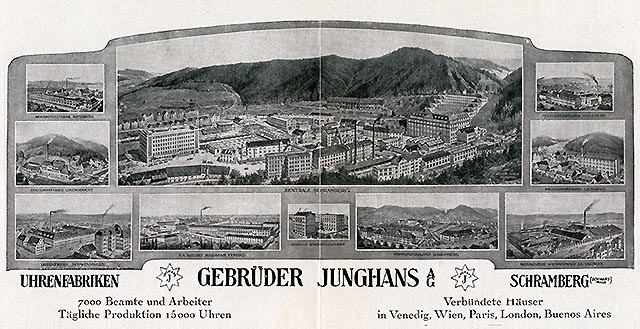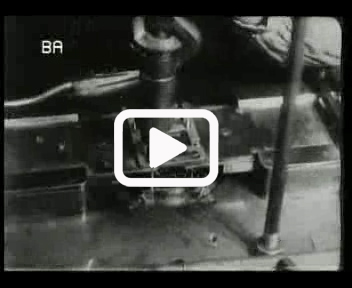
American-Style Alarm Clocks in the Black Forest – the Junghans Clock Factory
In the last two decades of the 19th century, industrial mass production had caught on in clock-making. Junghans recognized early on the opportunities that arose from this new production method. Junghans rose from a small company to the largest clock factory of Europe with its W 10 alarm clock movement.
Following a trip to the USA in 1872, Arthur Junghans (1852-1920) introduced industrial mass production in clock-making. The new “American-style clocks” with their interchangeable parts were manufactured on special machinery in a way that saved on materials. In the mid-1880s Junghans set new standards with its rugged “W10” alarm clock movement. The “W10” continued to be used in the majority of all Junghans clocks for over forty years. The W 10 was copied by several other companies which thus partook of Junghans’ success.
These clocks were an enormous sales success abroad as well. Thanks to the alarm clocks, the Black Forest met 60% of the world’s exports in large clocks even prior to the First World War.
In German language: Schwenningen und die Uhrenfabriken
Duration: 3.37 min. Produced by PIROOL Audioprojekte
